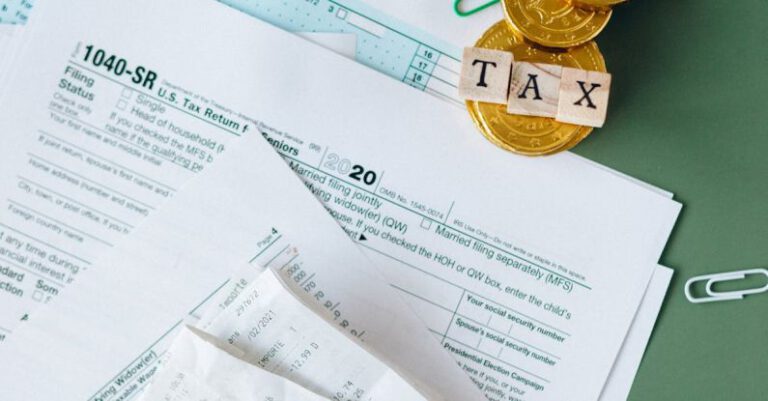Tax-advantaged Savings Options for Education
Saving for education is a crucial aspect of financial planning for many families. As the cost of education continues to rise, it is essential to explore tax-advantaged savings options to help you achieve your educational savings goals. By taking advantage of these investment vehicles, you can maximize your savings while minimizing your tax burden. Here, we will delve into some tax-advantaged savings options for education that can help you secure a brighter future for yourself or your loved ones.
529 College Savings Plan
One of the most popular tax-advantaged savings options for education is the 529 College Savings Plan. These state-sponsored plans allow you to invest money for educational expenses, such as tuition, fees, books, and room and board, in a tax-advantaged account. The earnings in a 529 plan grow tax-deferred, and withdrawals are tax-free when used for qualified education expenses. Additionally, some states offer tax deductions or credits for contributions made to a 529 plan, providing further tax benefits for savers.
Coverdell Education Savings Account (ESA)
Another tax-advantaged savings option for education is the Coverdell Education Savings Account (ESA). Similar to a 529 plan, a Coverdell ESA allows you to invest money for educational expenses in a tax-advantaged account. Contributions to a Coverdell ESA grow tax-deferred, and withdrawals are tax-free when used for qualified education expenses, including K-12 and higher education costs. Unlike 529 plans, Coverdell ESAs offer more flexibility in investment options, allowing you to choose from a wide range of investments to suit your risk tolerance and financial goals.
Uniform Transfer to Minors Act (UTMA) and Uniform Gift to Minors Act (UGMA) Accounts
UTMA and UGMA accounts are custodial accounts that allow you to save and invest money for a child’s education in a tax-advantaged manner. While contributions to UTMA and UGMA accounts are not tax-deductible, the earnings in these accounts may be subject to lower tax rates, as they are taxed at the child’s rate. By gifting assets to a child through a UTMA or UGMA account, you can take advantage of the child’s lower tax bracket, potentially reducing the overall tax liability on the investment earnings.
Roth IRA
Although primarily known as a retirement savings vehicle, a Roth IRA can also be used for education savings in a tax-efficient way. Contributions to a Roth IRA are made with after-tax dollars, meaning that withdrawals of contributions can be made at any time without incurring taxes or penalties. Additionally, withdrawals of earnings from a Roth IRA may be tax-free if the account has been open for at least five years and the funds are used for qualified education expenses. By utilizing a Roth IRA for education savings, you can benefit from tax-free growth and flexibility in accessing your funds when needed.
529 Prepaid Tuition Plans
In addition to traditional 529 College Savings Plans, some states offer 529 Prepaid Tuition Plans that allow you to prepay for future tuition at today’s rates. These plans lock in tuition prices at eligible institutions, providing a hedge against rising education costs. While 529 Prepaid Tuition Plans may have limitations on the schools and programs covered, they offer a tax-advantaged way to save for education and protect against tuition inflation.
Maximizing Your Tax-Advantaged Savings for Education
When planning for education savings, it is essential to consider the tax implications of your investment choices. By utilizing tax-advantaged savings options such as 529 plans, Coverdell ESAs, UTMA and UGMA accounts, Roth IRAs, and 529 Prepaid Tuition Plans, you can maximize your savings potential while minimizing your tax liability. By carefully selecting the right investment vehicles and taking advantage of available tax benefits, you can secure a brighter future for yourself or your loved ones through education savings.






